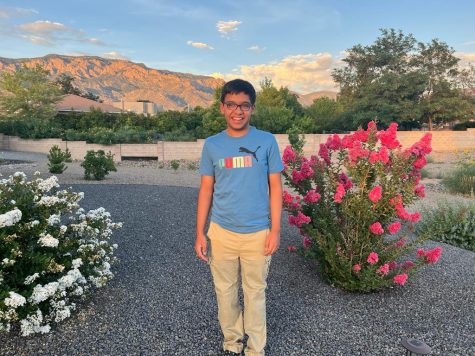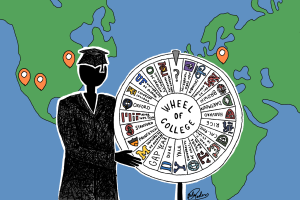President Trump Orders Troops Out of Syria, Sparking Backlash
November 9, 2019
With President Trump’s decision to order troops out of Syria on October 13, long term allies of the US, the Kurds, have been left to fend for themselves against a hostile Turkish invasion of Kurdish-controlled northern Syria. Calling his decision a “big success” and “strategically brilliant,” President Trump has repeatedly called for American troops to return to the US, and to have other nations deal with the crisis. However, not everyone shared this opinion. A rarely unified House voted 354-60 to criticize the President’s decision, saying it would be “beneficial to our adversaries.” But where did this all start?
The ongoing civil war in Syria began as a result of the Arab Spring movement – a series of anti-government protests in the Middle East. Citizens began protesting in Syria in March of 2011, when the Syrian Army tried to curb the protests. Complicating the matter further is the tense relationship with Sunni and Shia Muslims. The government in Syria is dominated by Shia Muslims, essentially leading two a clash between the two branches of Islam. After eight years of intense warfare, more than 5.6 million refugees and 6.1 million internally displaced persons (someone who flees from their home to a different part of the country). 6 million children require life-saving aid, but less than half of Syria’s medical facilities are fully functioning.
The complicated politics of the region have pitted Kurdish separatists, who are predominantly Sunni Muslims, as well as other Syrian dissidents, against the minority Alawite ruling party. Sunni Muslims believe in a more democratic form of Islam, while the Alawites believe in a more strict interpretation. As the Syrian government became weaker, ISIS, a radical Sunni political movement, began to take control of the area, and soon established a new caliphate. Kurdish fighters were instrumental in weakening and, eventually, breaking the power of ISIS in Syria. These Kurdish fighters established a Kurdish-controlled zone in northeastern Syria, which, until the US pullout, continued to keep ISIS at bay.
The US pullout enabled Turkey, enemies of the Kurds, Russia, and the weakened Syrian government to re-establish control in northern Syria, breaking the hold of the Kurds in the region.
The US announced the withdrawal of troops on October 7. Merely two days later, on Oct. 9, Turkish and Russian forces began to take control of the area, causing clashes between Turkey and the Kurds. Turkey has started clashing with the Kurds – as a show of strength to the Kurds in their country, as to discourage the Kurds from creating their own independent country. By October 15, while facing bipartisan backlash, Trump ordered sanctions to be placed on Turkey and asked Turkey’s leader, Reccip Tayyip Erdoğan, to form a truce. Both sides agreed to a five-day ceasefire on Oct. 17, but a day later, Turkey’s military was seen still fighting in Ras-Al-Ayn.
So what will the outcome of this bloody civil war be? No one knows for sure. But what we do know is that countless people are having their lives turned upside down. Countless people are being forced to move from their home and many others do not have enough to eat and are losing family members in surprise attacks. Many are experiencing imprisonment, loss of property, and malnutrition. The outcomes of this decision made by the President are devastating, and only time will tell how many lives will be lost because of it.







